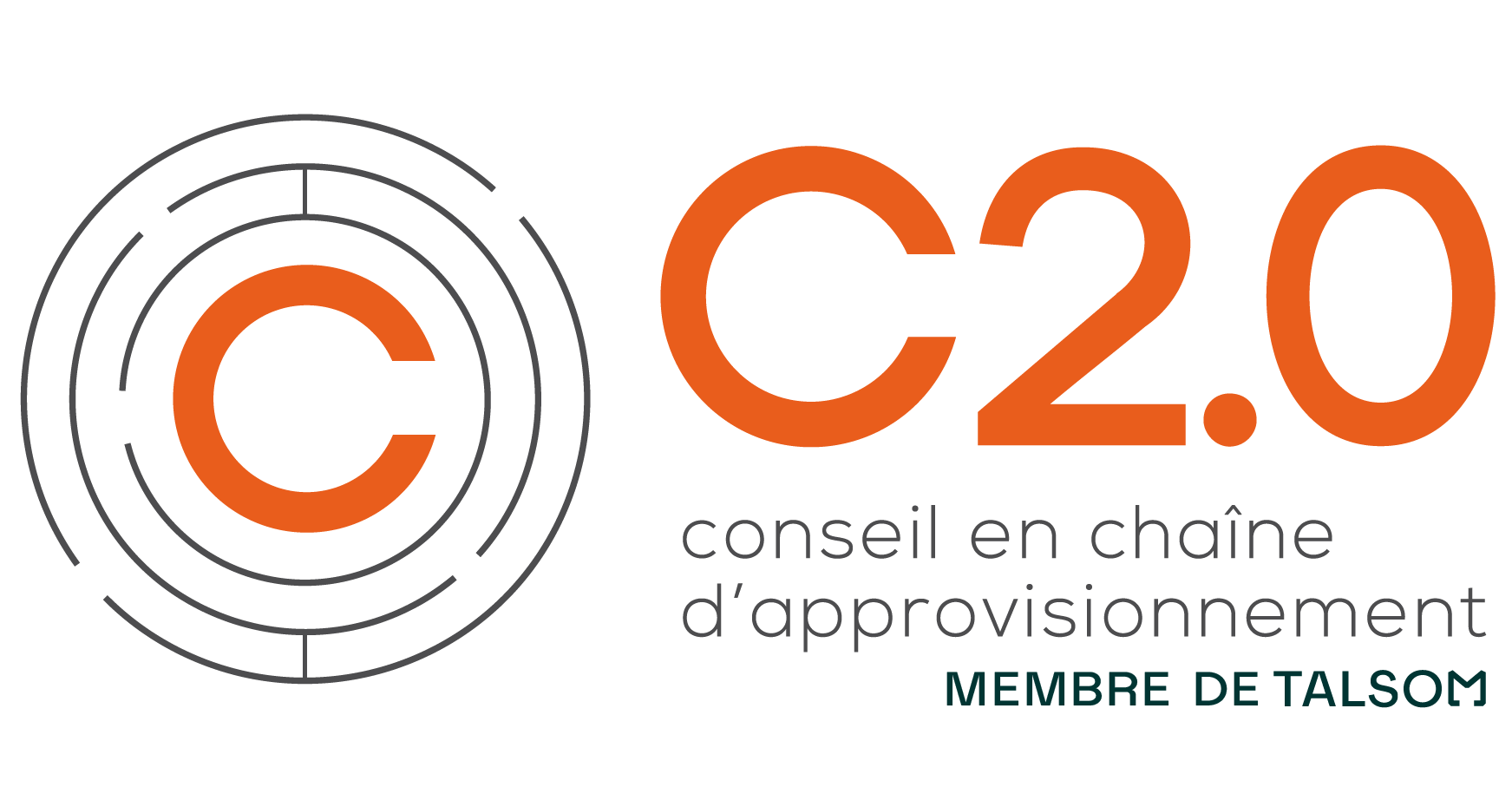Year
2023
Type of Project
Business analysis
Savings
Time, Costs
and Resources
Directed by
Carolyne Lapierre
Michael muro
Overview
Customer Presentation
Our client is a North American leader in the field of food and beverage products. It is globally recognized for providing quality services that are beneficial to the health of its consumers within the scientific community.
Mandate
Conseil 2.0 has been commissioned to reassess goals and needs with the aim of optimizing their logistical processes through the implementation of a new transport system. The client sought to evaluate various solutions with a view to implementing an innovative technological system.
Client's goal
The client wanted to reduce costs and increase operational efficiency.
Execution of the project
Conseil 2.0 conducted a total of 9 interviews with various stakeholders to analyze processes and identify friction points within the client’s transportation management at different stages.
Here is the 5-step methodology used to achieve the client’s defined objectives:
First and foremost, gaining a deep understanding of the client’s specific needs is essential, involving the analysis of current processes and the identification of improvement opportunities.
Nine interviews were conducted with stakeholders from transportation, warehousing, customer service, and billing. The aim was to understand their current operations, manual tasks, ERP data, and challenges, establishing a list of over fifty criteria (RTM) to assess TMS.
Targeted processes were mapped and validated with the client to anticipate future gaps. An initial financial assessment (monetary and temporal) was conducted to evaluate potential savings associated with the integration of a TMS.
A crucial step involves selecting a system that meets the client’s needs, whether from market solutions or a customized option tailored to the size and requirements of the business.
We contacted several TMS vendors, conducted demos to educate the client, and assessed each solution against the previously established criteria. After consolidating the results, we selected the best solution.
Once selected, workshops with the vendor were organized to validate use cases and define contractual terms. A RASCI matrix was established between Conseil 2.0, the client, and the integrator to clarify roles, responsibilities, and investments. This helped finalize the ROI and obtain approval from the client’s executive committee.
After choosing the TMS, it is crucial to clearly define the objectives, timelines, and responsibilities of the stakeholders.
Within the project scope, we played an active role in the configuration, design, and integration of the system. We participated in all meetings to ensure alignment between the client’s internal processes and the system’s capabilities. By identifying gaps, we proposed solutions, whether they involved adjustments to processes or the system itself.
Once all issues were resolved and development needs documented, the configuration, design, and integration phase was concluded.
To ensure the proper functioning of the system we configured, testing is essential. We guided our client through all testing cycles: unit, functional, integration, and UAT (User Acceptance Testing). We defined test cases and scripts, documented all bugs, and maintained regular communication with the development team to address issues.
Once UAT tests were complete, encompassing the entire order cycle with all stakeholders, we concluded that the system was ready for production.
Before deployment, training programs were scheduled for staff on the new TMS. We identified individuals requiring interaction with the TMS, categorized them based on their information needs, formed user groups, determined their system access, and provided live training on TMS functionality. Additionally, we supplied documentation in the form of S&OP (Sales and Operations Planning) to guide them through the system.
During real-time deployment, we provided continuous system supervision and support to users. We were available around the clock to monitor system operations and address user questions. Follow-ups were conducted to identify improvement opportunities.
Results
Conseil 2.0 enabled our client to achieve significant savings in terms of time and resources while enhancing customer satisfaction. The improved communication and increased efficiency of meetings fostered a better understanding of their internal processes, leading to long-term cost reductions.
Furthermore, we successfully minimized delays through proactive corrective measures. Our client’s visibility was strengthened with dashboards measuring carrier performance, and real-time access to notifications and alerts significantly enhanced their customers’ satisfaction, reinforcing their tracking and visibility in the maritime freight sector.
In addition, each resource gained between 25% and 30% of free time, and our client achieved savings of 5% to 10% in terms of transportation costs.





